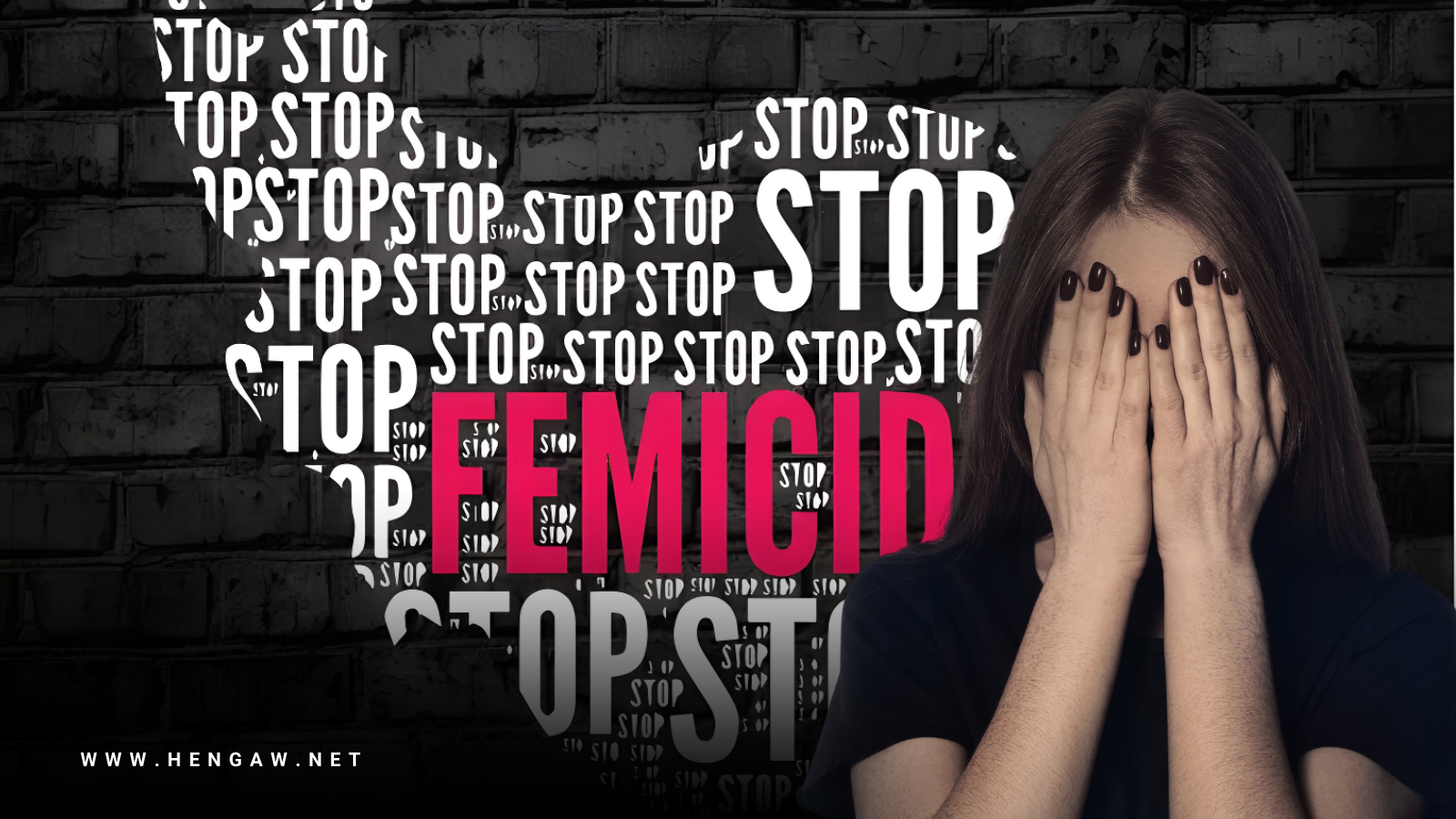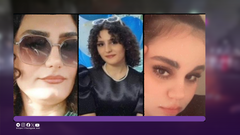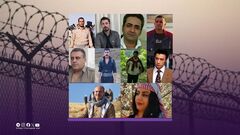Hengaw Organization for Human Rights: A Statistical Analysis of Honor Killig in Iran
The Statistics and Documents Center of the Hengaw Organization

Hengaw; Sunday, September 24, 2023
The Statistics and Documents Center of the Hengaw Organization for Human Rights has documented at least 52 cases of femicide in various cities of Iran during the first six months of the solar year 1402 (2023). According to this report, Tehran province had the highest number of femicide cases with 15 incidents, accounting for 29% of the total cases in Iran. Moreover, out of the 52 cases, 20 cases (38.4%) were classified as honor killings, with West Azerbaijan province (Urmia) having the most incidents with 5 cases.
The report also reveals that 11 cases (21%) of the femicide victims were girls under the age of 18, with the youngest being 10 years old. The main perpetrators of the femicide were the husbands of the victims, who were responsible for 28 cases (54%). Other perpetrators included partners or fiancés (4 cases), ex-husbands (3 cases), fathers (8 cases), and brothers (6 cases). In some cases, the femicide was committed by a male relative of the victim, such as an uncle or cousin.
Faraz Firouzi Mandomi, a human rights lawyer and chief legal officer of Hengaw, states that ❝ The Islamic Republic of Iran has violated the negative human rights of women by interfering in their private sphere and fundamental freedoms, such as veiling. On the other hand, it has neglected its positive duty to protect women and children from domestic violence, which is often justified by notions of “honor" and "sharaf". As a result, women are subjected to the authority of their father, husband, or brother, without adequate legal support. This kind of unregulated power, disguised as the family’s private domain, facilitates crimes against women ❞.
Mr. Firouzi Mandomi also emphasizes that the actual magnitude of honor violence and femicide in different parts of Iran is unknown, mainly due to the lack of official statistics and the tendency of families to conceal such matters. The statistics reported by Hengaw only reflect a portion of the femicide that has been exposed and publicized by the media and civil society.







